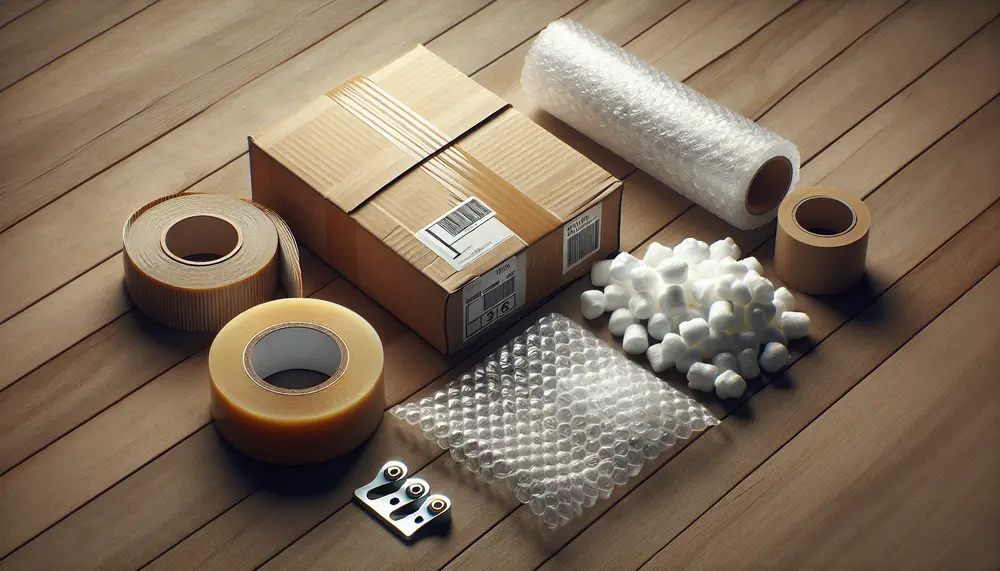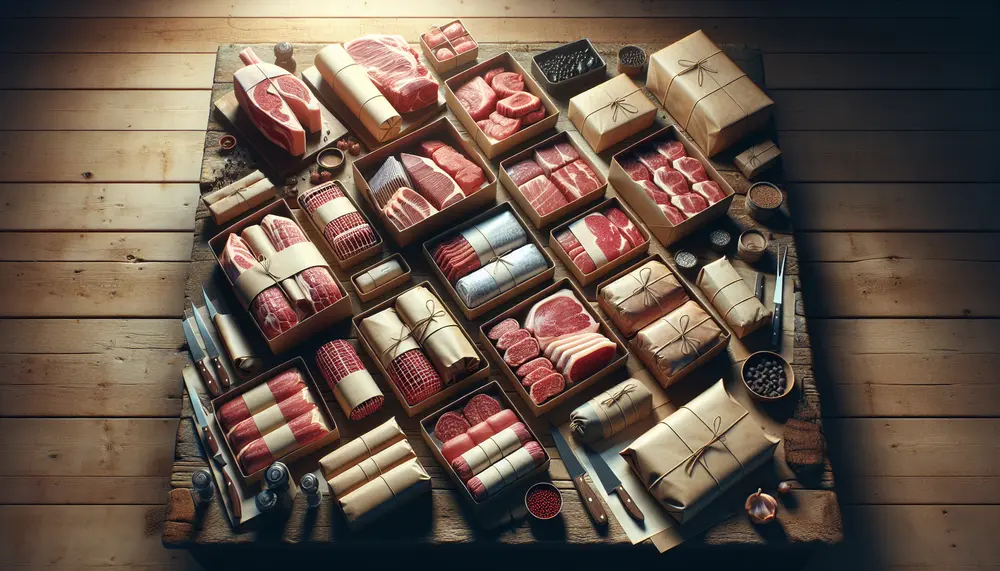Wrapping material
Wrapping material
Wrapping Material
Wrapping material is a key component in the packaging industry. It refers to the materials used to cover and protect products during storage, shipping, and display. These materials help keep items safe from damage, dust, and moisture.
Types of Wrapping Material
There are various types of wrapping material available. Common examples include plastic wrap, paper, and aluminum foil. Each type has its own benefits and is suited for different applications.
Benefits of Wrapping Material
Using the right wrapping material can extend the shelf life of products. It also enhances the appearance of items, making them more appealing to customers. Additionally, it provides a layer of security against tampering.
Choosing the Right Wrapping Material
When selecting wrapping material, consider the nature of the product. For instance, food items often require materials that are food-safe and moisture-resistant. Fragile items may need extra cushioning to prevent breakage.
Environmental Impact
Many companies are now opting for eco-friendly wrapping material. These materials are biodegradable or recyclable, reducing the environmental footprint. Examples include paper-based wraps and compostable plastics.
Conclusion
In summary, wrapping material plays a crucial role in packaging. It protects products, enhances their appearance, and can even be environmentally friendly. Choosing the right material ensures that products reach customers in perfect condition.
Blog Posts with the term: Wrapping material

Packaging materials are essential for product protection, information dissemination, and marketing; material selection is based on factors like durability and sustainability. Plastic packaging offers versatility but faces environmental concerns, glass provides purity and recyclability, metal ensures strength and long-term preservation...

This guide explores various packaging materials, emphasizing the importance of choosing the right one for product protection, brand alignment, and environmental impact. It covers chipboard's versatility and sustainability, corrugated cardboard's strength and recyclability, paper substrates' adaptability for premium designs, plastic's...

Butcher packaging essentials are vital for meat preservation, presentation, and customer trust; they involve selecting suitable materials, proper labeling, and adhering to regulatory standards. Butcher paper and twine play traditional roles in preserving meat quality while enhancing its market appeal....
